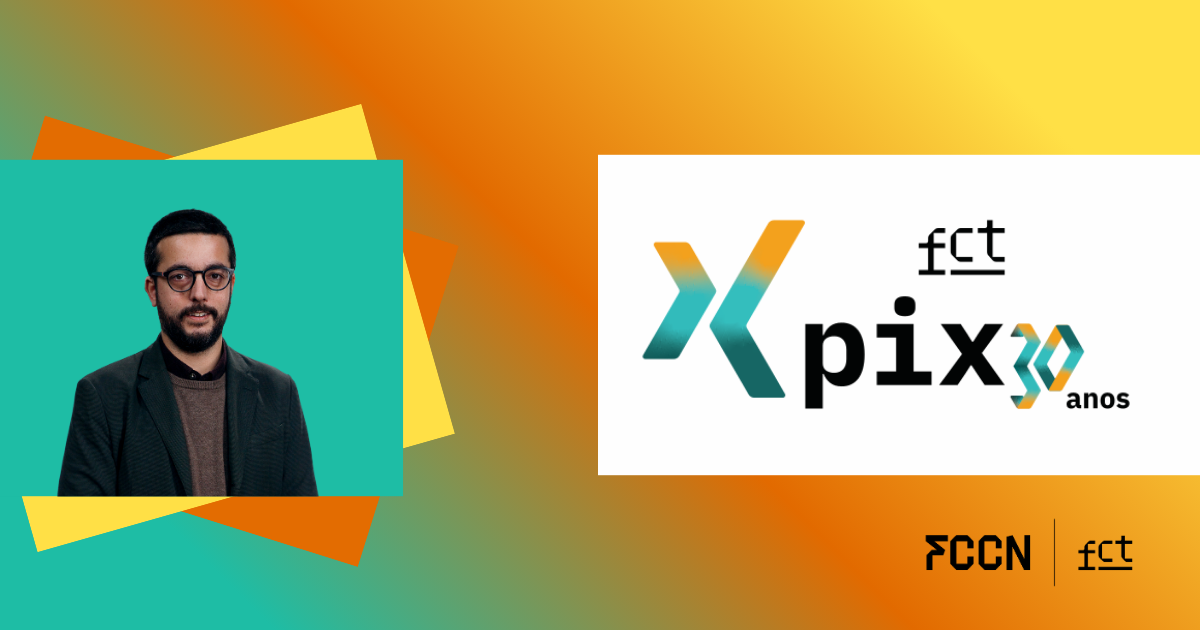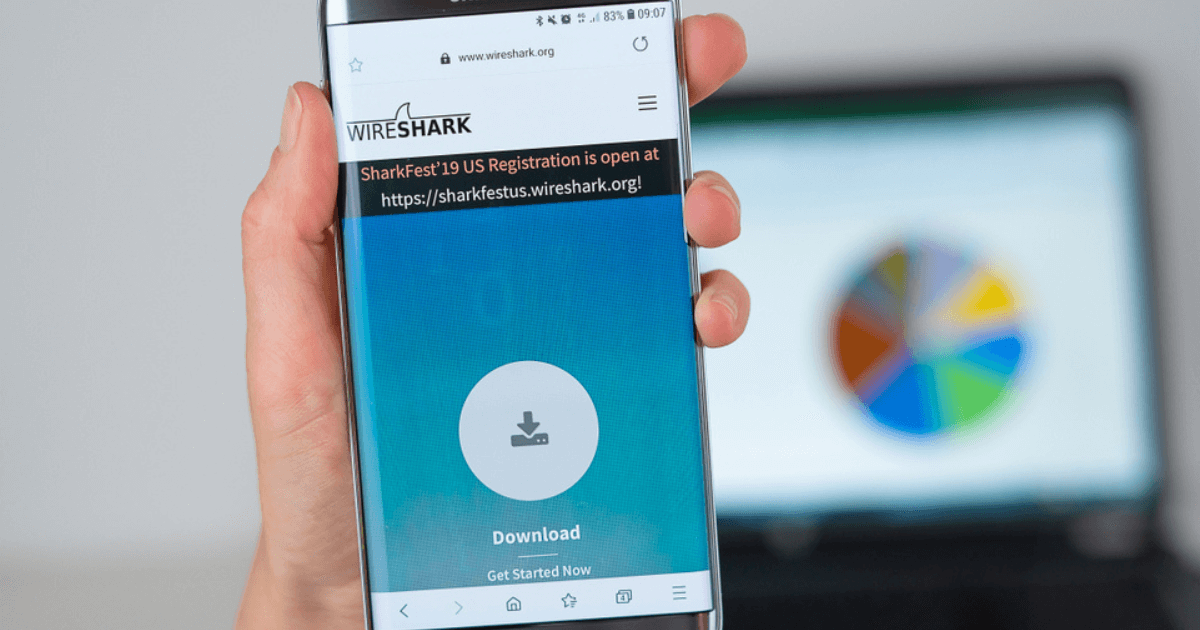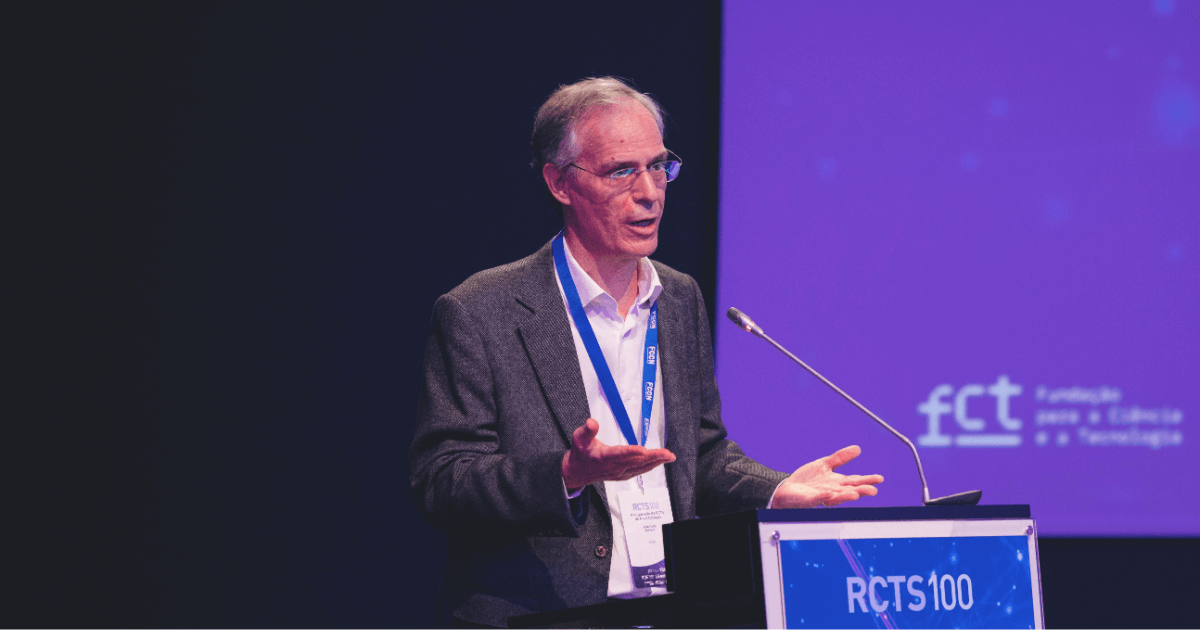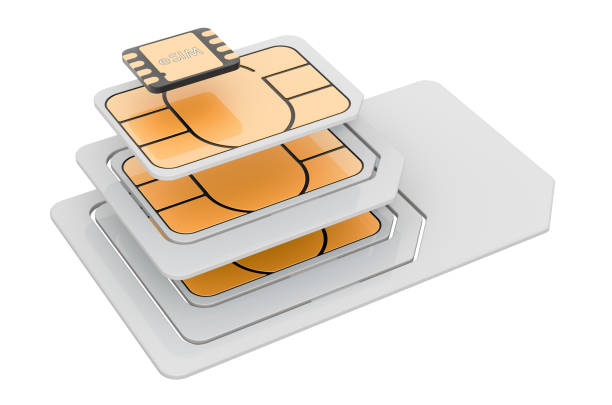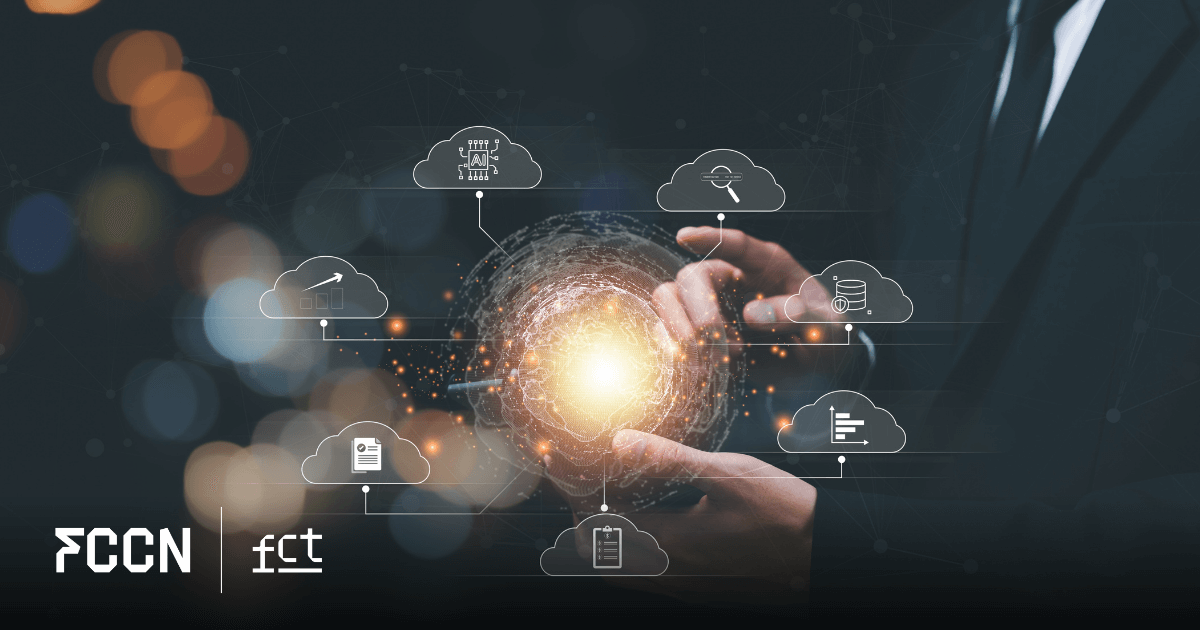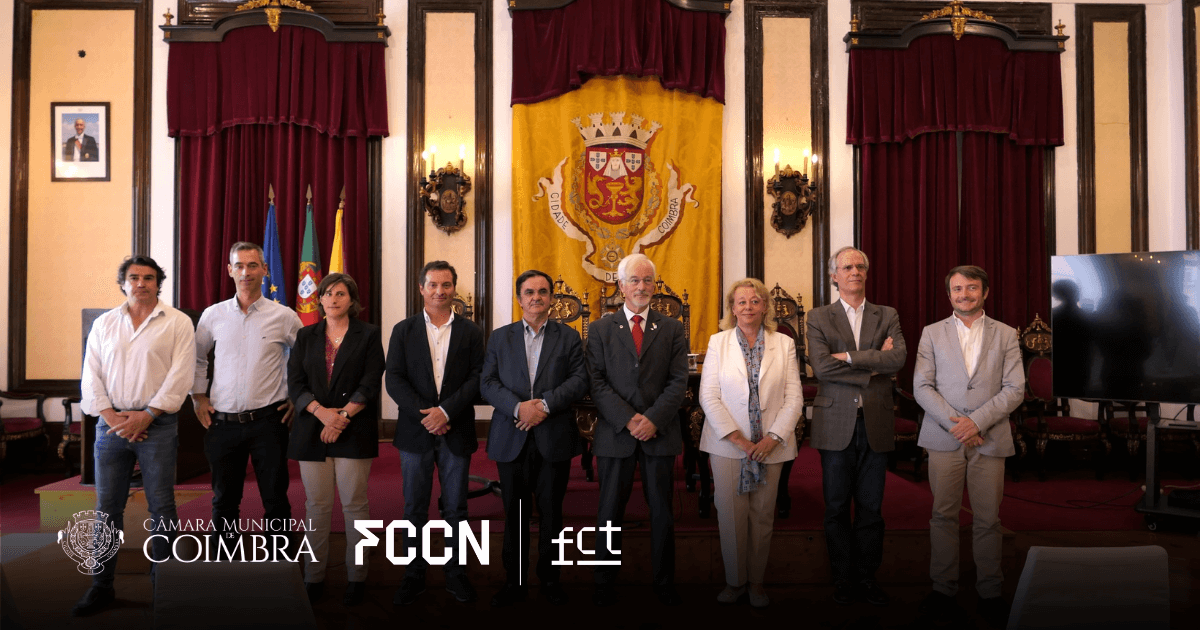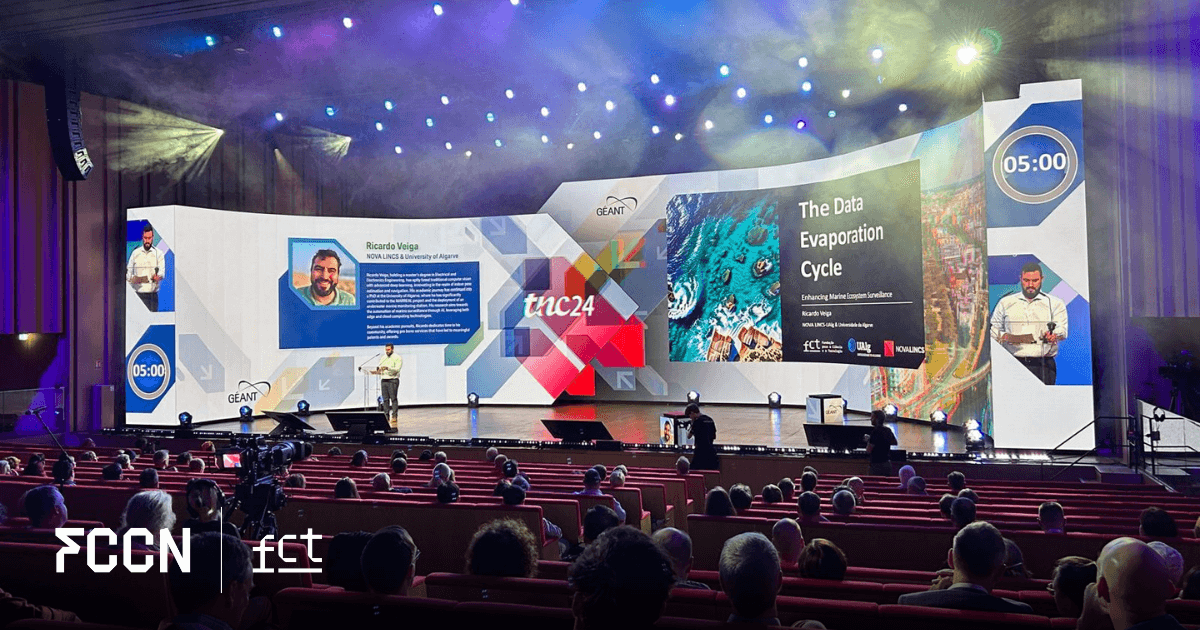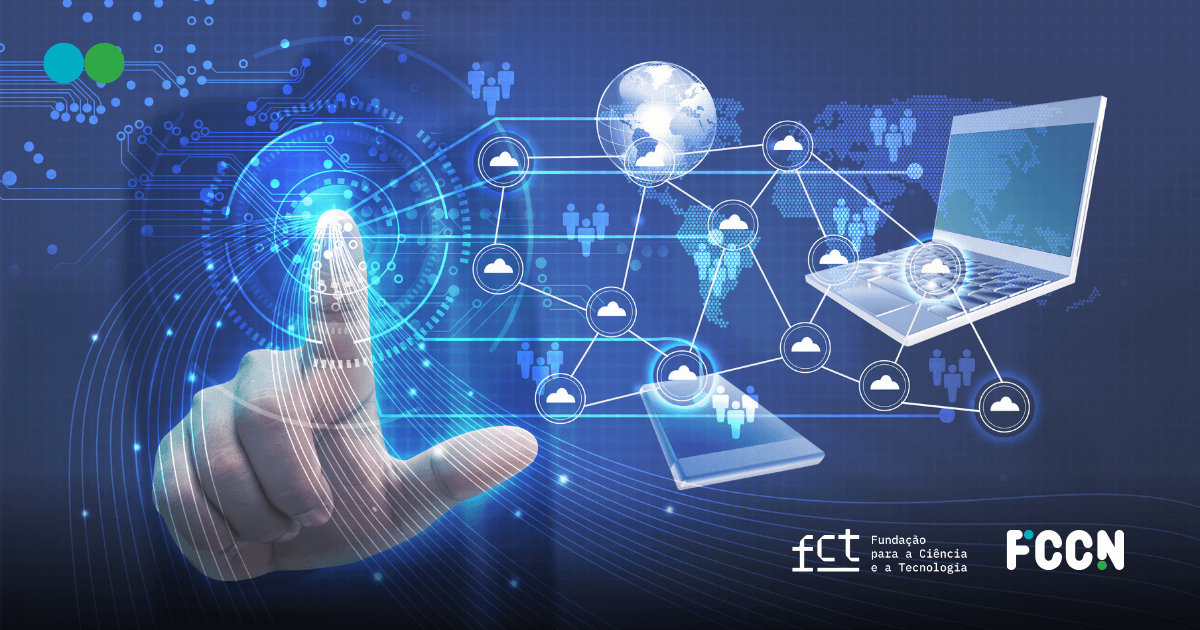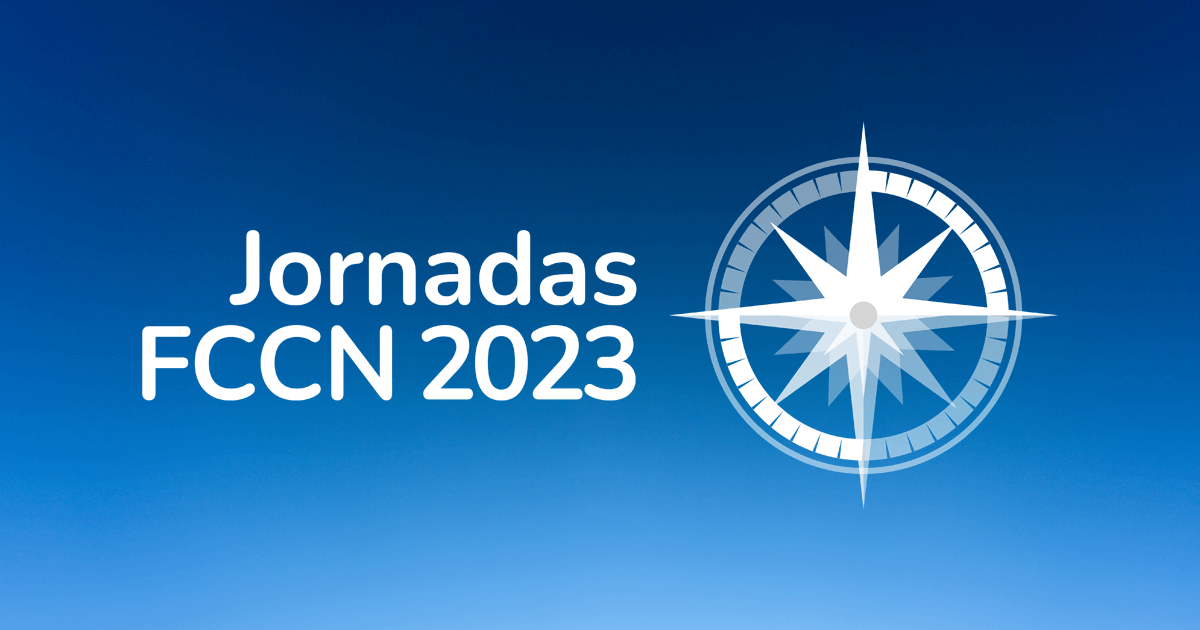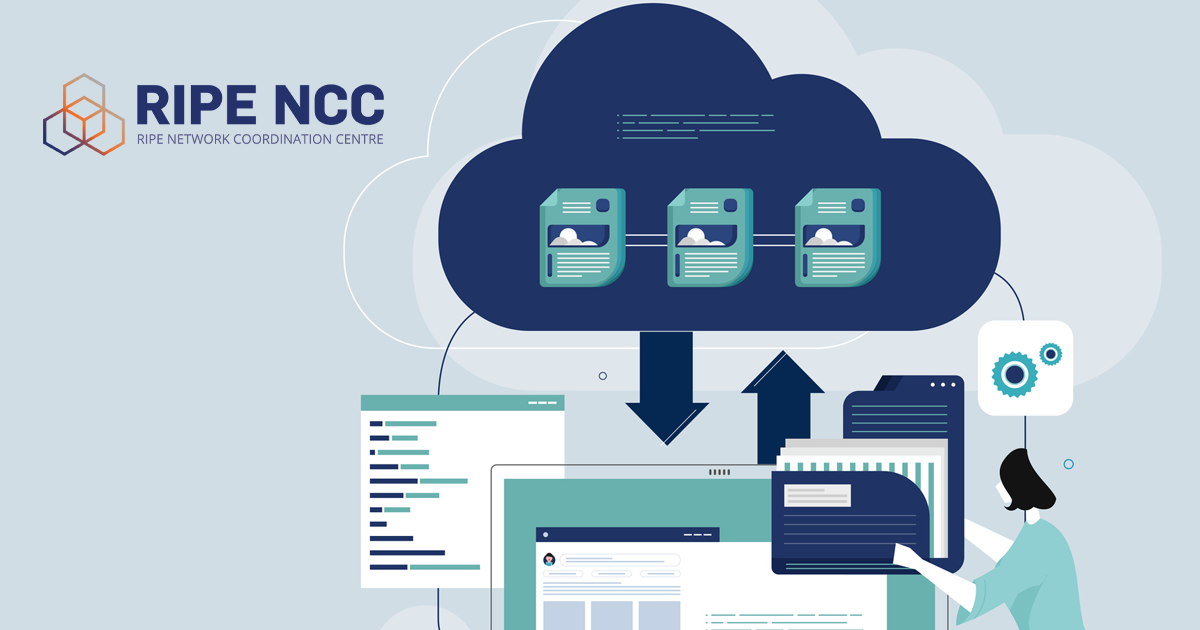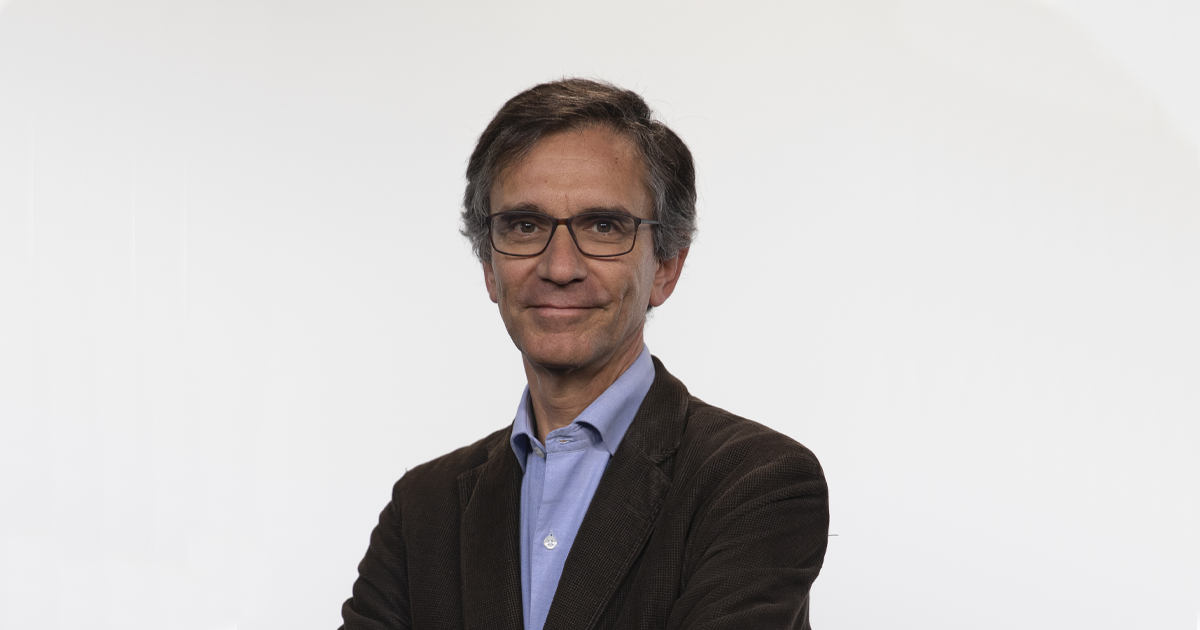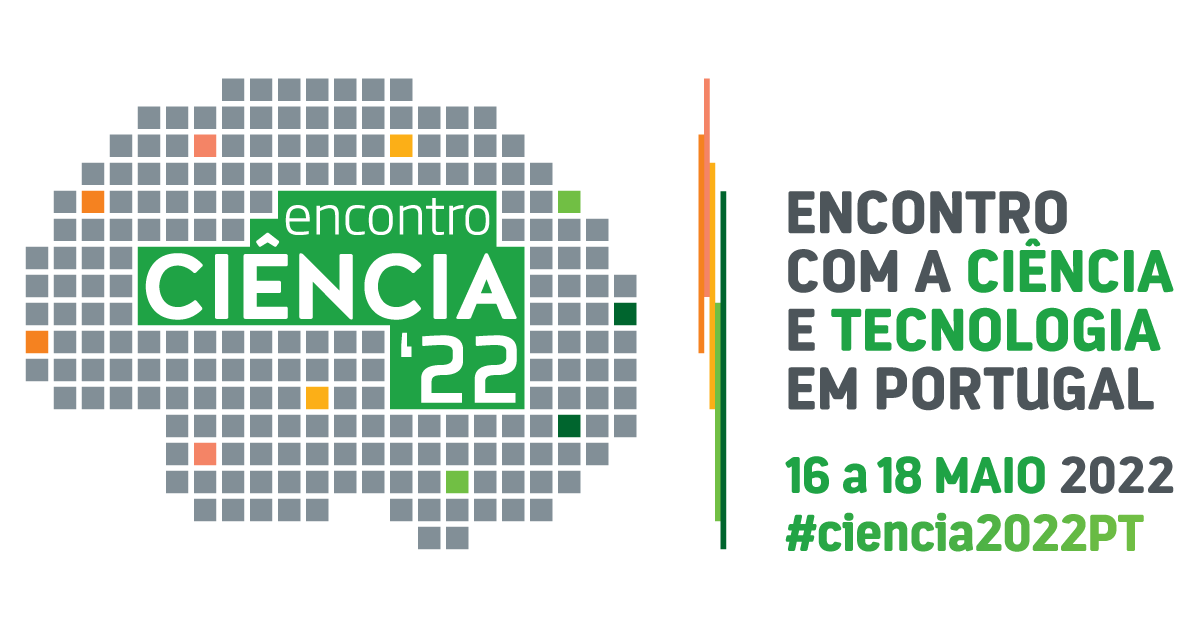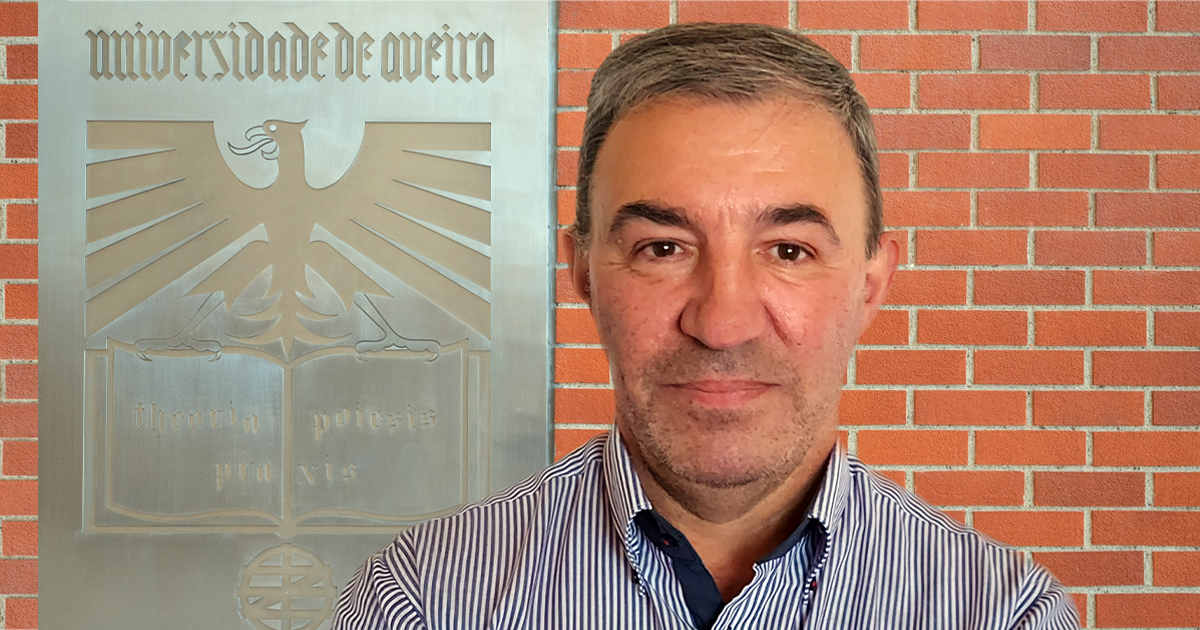
Fernando Cook was one of the members of the team that, in 1991, worked on the first Internet connections in Portugal. 30 years later, read the words of someone who experienced it firsthand.
This October marks 30 years since Portugal's internet connection. Could you describe the role of the FCCN Unit (then the Foundation for the Development of National Scientific Calculation Resources) in this process?
The emergence of FCCN, at the end of 1986, was the result of the concerted efforts of several institutions: the National Board for Scientific and Technological Research (JNICT); the National Civil Engineering Laboratory (LNEC); the National Institute for Scientific Research (INIC); and the Council of Rectors of Portuguese Universities (CRUP). Their main objective, among others, was to provide high-performance scientific computing resources, crucial for the development of various scientific research activities. Indeed, the very name of the Foundation attests to this objective.
It was then understood that, given the acquisition costs and the requirement for specialized human resources for the adequate operation of the computing systems, among other reasons, it would be advisable to have a central node, which all associated entities could access. It ended up being installed in LNEC campus, where FCCN was also headquartered.
Thus, the so-called RCCN (National Scientific Calculation Network) was born, technically supported by X25 connections, which shortly thereafter, in 1990, began to be supported by TCP/IP over X25, thus opening the possibility of using some common applications, such as TELNET and FTP, commonly used on local networks. The conditions were also created for the use of e-mail services and the establishment of DNS services nationwide.
TCP/IP, as I recall, was developed in the early 1970s by Vint Cerf and Robert Kahn. It was adopted as a standard in 1983 and has remained the foundation for the Internet ever since. It was described in the article "A Protocol for Packet Network Internetworking," authored by both authors and published in 1974. This was the first time the term "Internet" was used. It ensures the interoperability and interconnection of diverse computer networks.
Also in 1990, under the leadership of José Legatheaux Martins (University of Lisbon), with the participation of about a dozen members from other Portuguese teaching and/or research institutions, and with the support of the FCCN, represented by Vasco Freitas (University of Minho), the "Forum-IP" working group was established. The initiatives developed led to Portugal's Internet connection in the fall of 1991.
This facility was, at the time, restricted to a small number of institutions: the universities of Minho, Porto, Aveiro and Coimbra, the Instituto Superior Técnico, the National Laboratory of Civil Engineering and the Faculties of Sciences of the University of Lisbon and the Universidade Nova de Lisboa.
The speed and stability of the connections provided by FCCN, in no way comparable to those offered today, have enabled Portugal to closely follow developments in European countries, despite Portugal's peripheral location and limited (or even non-existent) network infrastructure.
At a steadily increasing pace of implementation, with the sponsorship of the FCCN, chaired by Pedro Veiga (University of Lisbon) between 1997 and 2012, the number of interconnected institutions and the diversity of services provided multiplied.
Worth highlighting are the initiatives to interconnect national networks in Portugal (GigaPIX, 1995), Internet at School (RCTS, 1997), cybersecurity services (CERT, 2002), widespread Internet access, wifi (eduroam, 2003), the interconnection of libraries and library services in a network (B-On, 2004), and, more recently, the provision of infrastructures to support Distance Learning (Colibri and EduCast, 2009), but also the management of the PT domain (DNS, 1991), the voice over IP service (VoIP, 2005), data sharing (FileSender, 2013).
As in the past, FCCN will certainly continue to actively monitor cutting-edge technological developments, providing its contributions and serving (well) the RCTS community.
As a member of the team that implemented the project to connect Portugal to the Internet, what can you tell us about that time and that experience?
I completed my degree in Electronic and Telecommunications Engineering at the University of Aveiro in 1986. Shortly before, during my final year of university, I began my professional career by teaching at a vocational training institute.
In early 1989, I joined the University of Aveiro's then-called "Computer Science Center," which, in the late 1990s, as a result of the growing use of communications services, became known as the "Computer Science and Communications Center." It was an excellent opportunity to witness all the developments that have taken place since then and, firsthand, to tell the story of the Internet in Portugal.
For the common citizen and for some cutting-edge institutions, then, the first steps were being taken in the provision of personal computers, but also of the operating systems that integrate them (Microsoft Windows, for example) and the computer applications that today are part of our essential tools.
In the world of higher education and research institutions, where UNIX, VMS, and AOS/VS systems, among others, dominated, this was the era of monochrome screens, with 25 lines and 80 characters per line, without any graphics capabilities. In fact, the supported colors—if you can call them "colors"—were used only to display text (in white, amber, or phosphor green) on a black background.
Graphics were then drawn with a handful of characters (+, ×, o, |, –, and a few others). With some visualization effort, it soon became possible to represent more elaborate images, also using alphanumeric characters, exploring the density and distribution of the pixels that composed them, in a matrix, I recall, of 8x8 pixels.
Remote communications at the time were a privilege for very few, such was the complexity and cost of use, being supported by modems that operated at a few hundred bits per second, destined for the popular "Bulletin Board Systems" (BBSs). Few in Portugal used the expensive access to commercial services, such as CompuServe, the then-famous North American BBS. Portuguese BBSs also had their golden period, from the first installed by a Lisbon optician in 1988 to the approximately 3,000 registered five years later.
At the end of 1991, as I mentioned, Portugal finally became connected to the Internet, serving only a few users, members of higher education and research institutions. The external community, in general, upon learning about the "richness" of content and services, demonstrated growing impatience for Internet access...
As a landmark moment, and once again sponsored by the FCCN, joined by other institutions, notably the PUUG (Portuguese Unix Users Group), on March 29, 1994, the seminar "Portugal on the Internet" took place in the LNEC auditorium. It was then that, for the first time, the general public had closer contact with the subject.
The event triggered the publication of an avalanche of articles about the Internet and, shortly after, the emergence of the first private Internet service providers (ISPs) in Portugal: Esotérica (1994), Telepac (1994) and IP (1995).
The conditions were thus created for the public, outside of any organizational contexts, to be able to access the Internet…
Over the next three decades, we witnessed an exponential evolution of the Internet and underlying technologies. Was this something you anticipated as the path forward in the early 1990s? Was its impact on society predictable?
In 1990, Tim Berners-Lee at CERN (European Organization for Nuclear Research) launched the first browser, a first tool that, although rudimentary, was the first step towards universalizing access by ordinary citizens to services available on the Internet and the establishment of the so-called Web, a “web” of content accessible via hyperlinks.
The ease provided by this tool, however, only began to become widespread in September 1993, when NCSA Mosaic appeared, which Marc Andreessen launched commercially the following year as Netscape Navigator.
The combination of Web protocols, created by Tim Berners-Lee, which provided the integration of different services and content, and the provision of browsers, which provided simplified access interfaces, were decisive for the “boom"of the Internet. It could even be said that the Web did for the Internet what Windows did for the personal computer. With these decisive steps, the Web went from being unknown, a reality for "academics," to being absolutely ubiquitous, universally accessible.
At that time, there were so few “websites” that it was possible to list them in an address book, as was done in Portugal, on the so-called “Portugal Home Page” (now inactive), in lists published by “specialty” magazines (Cyber,Net, for example) or in search engines with directory data structures (Yahoo and SAPO, among others).
Between 1995 and 2002, with António Guterres as Prime Minister, Mariano Gago was Minister of Science and Technology, the first holder of a ministerial position dedicated exclusively to the area of science and technology, and promoted the development of the “Information Society”, with initiatives such as the connection of schools (and other public institutions) to the Internet, which led to the renaming of RCCN to RCTS (Science, Technology and Society Network), the creation of “Internet Spaces”, the “Digital Cities” Program, and, in a second phase, the “Digital Regions” Program.
He was succeeded by Diogo Vasconcelos, as president of the Innovation and Knowledge Mission Unit (UMIC), between 2003 and 2005, who promoted several projects that were equally decisive for the Internet in Portugal, such as the Online Knowledge Library (bOn), the National Broadband Initiative and the Citizen Portal.
Going back a bit, it could be said that from 1999/2000 onwards, everything changed in Portugal, largely due to the liberalization of the telecommunications market. Access also ceased, at that time, to be exclusively via modem, starting to be done via cable or ADSL, and, shortly after, via fiber optic connections and, more recently, via mobile communication technologies (2G / 3G / 4G / 5G).
The exponential growth of internet access speeds and underlying technologies was something that was actually foreseen when the first steps were taken, such was the community's appetite, in general, for new knowledge and new experiences. However, back then, it was impossible to foresee the significant impact that we see today, across the board, with no prospect of a slowdown. Quite the opposite!
In fact, the timeline of the Internet's history presents continuous and remarkable technological and behavioral developments that have led humanity to transform its lifestyle and forever change habits and processes.
Do you feel that the online world today fits, globally, with the objectives and mission that were advocated in 1991?
The Internet is undoubtedly one of the greatest "inventions" of the 20th century. Since its inception, it has opened the door to new technological developments, which continue to occur at a galloping pace to this day, transforming the way we live and interact.
Nowadays, living without the Internet is simply unthinkable!
The internet is an omnipresent and universally accessible medium that has revolutionized our way of life. Consider what happened with the changes imposed by the pandemic: we were trapped in our homes overnight, and without prior training, we were forced to adopt new ways of being: remote work, remote learning, remote leisure, and socializing. Living remotely!
These days, however, no one escapes the near-despair of being without an internet connection, for any reason. It's almost impossible to imagine living without a permanent connection, if only to read the news, congratulate friends, interact with a client, check your bank account, or see the movie posters, but also to watch a soccer game, catch up on your favorite television series, or do whatever you want. download the latest album from your favorite music group or even to go shopping.
The Internet has changed radically since its inception. It is no longer a space where emails are exchanged and information is stored. In fact, today, and increasingly, it is present in every object and place where it offers value, as the emergence of the "Internet of Things" shows.
The launch of Google in 1997 was a new turning point in the history of the Internet, especially regarding the search engine, which provides quick and easy access to a wealth of information, thanks to its highly sophisticated algorithms.
Social media was another landmark development. Although not the first, Facebook is the most successful example of the internet's application as a universal means of communication and information, capable of providing access to news and allowing people to communicate in real time. The widespread adoption of the internet led companies to rapidly change their business models and advertising techniques for their products and services, using the internet to support commercial transactions.
I'd say the biggest change wasn't really in terms of spirit and mission. The speed at which everything happened, but also the services that were made available in the meantime, were huge surprises. While expanding to the entire community, for example, was one of the goals, we were far from imagining that the public would evolve from being mere consumers of information and services to, at the beginning of the millennium, becoming true producers: web designers, networkers, influencers, bloggers, YouTubers, etc. This change in attitude, motivated by the provision of support tools
The objectives and mission set out in 1991 were achieved and surpassed... In fact, who doesn't use the services provided by the Internet these days?
